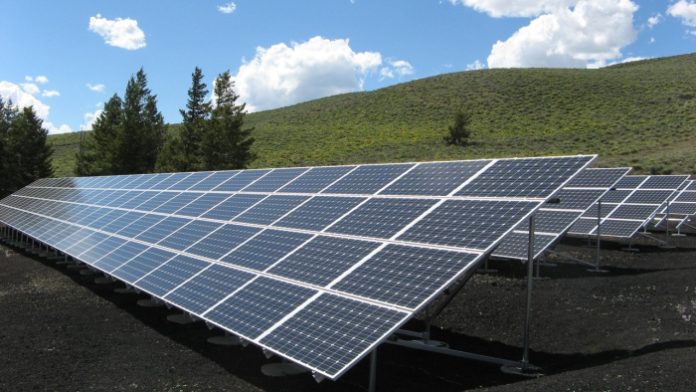How does the idea of a 30% tax credit sound? Amazing, right? Well, then you should make a date with Sandbar Solar and have them install solar panels for you. That’s because under the Federal Solar Tax Credit, you are eligible for up to a 30% tax credit on your solar installation costs. If you are interested in commercial solar, here are 5 of the best panels you can buy for your business. To help you better understand it, here is a simplified breakdown for the commercial solar tax credit for 2019.
1. It was originally set to expire in 2007
The commercial tax credit came into force in 2005 through the Energy Policy Act and was meant to come to an end in 2007. However, due to the huge uptake of solar, and the need to nudge people towards renewable energy sources, it was extended up to 2021. This means that if you install solar in 2019, you are fully eligible to claim your 30% tax credit based on your costs of installation. This is a good time to shift to solar, especially for bureaucratic organizations that take time before implementing new projects. Any delays now, and the 2021 deadline could pass you by, and you’ll miss out on some amazing tax savings.
2. You can roll over your tax credits to 2020
If your organization doesn’t have much in tax liabilities in 2019, the law allows you to roll over some of your tax credits to 2020. As per the Federal Solar Tax Credit, you are legally allowed to roll over your extra credits into the following year so long as the tax credit period is still in effect. In this case, this tax credit will legally expire in 2021. This means you can roll over your credits. You can also do the same for the next 2 years as well.
3. You have to own the solar equipment
There are certain instances in which an individual or a corporation chooses to lease their solar equipment from an installer. In such a scenario, you are not eligible to claim tax credits. The law states that you need to own the equipment. As such, it is in your best interest to work with solar installers that give you full ownership of the solar equipment. Not only does this cut the long-term costs of your solar needs, but it also allows you to claim up to a 30% tax credit on the same. That’s a win.
4. This is the last year you can claim a maximum of 30%
If you claim your tax credits this year, you are eligible for up to a 30% tax credit on your solar equipment. This figure will drop to 26% in 2020, and 22% in 2021. As such, it makes sense to make the purchase this year for the higher deductions. If you purchase this year, you can roll over your credits to next year and enjoy the 26% deduction. That’s still high, and is better than waiting for 2021 and beyond when the figure will drop significantly. For instance, from 2022 onward, you will only be able to claim 10% deductions.
Find a Home-Based Business to Start-Up >>> Hundreds of Business Listings.

















































